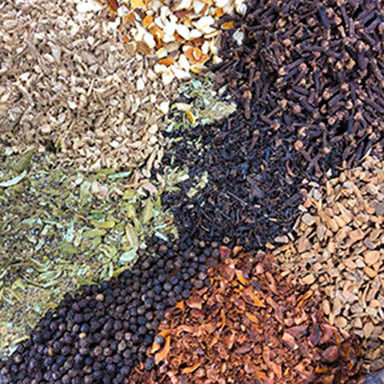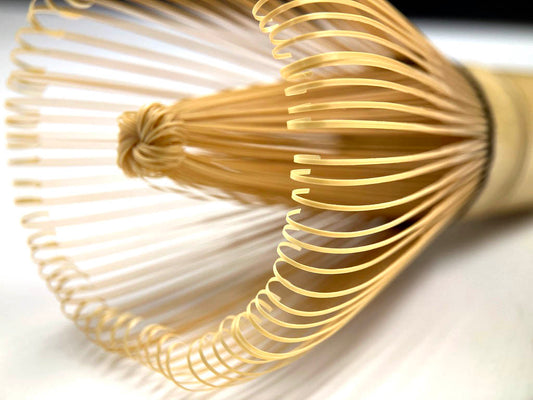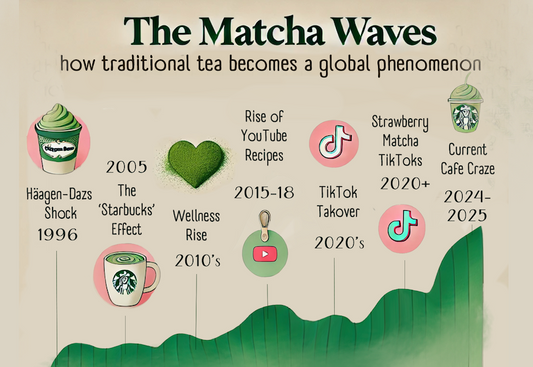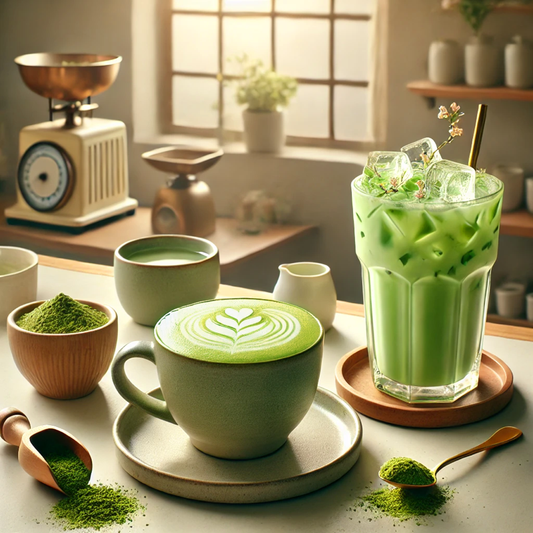
What's in a name? - to Chai is to Tea
"Tea if by sea and Cha if by land" - that is how the etymology of the words for tea are traced back into China.

Chai is a fascinating subject! Originating from the Mandarin Sinitic character 茶 (chá), meaning tea, it traveled westward along the ancient Silk Road, evolving into “chay” (چای) in Persia as tea traveled across the continent over land. The term “tea”, on the other hand, evolved from the Min language pronunciation of the character 茶 as ‘te’ by of the coastal Fujian people of China. Maritime trading countries that accessed China by sea - firstly the Portuguese, then Dutch and finally English trading ships, all developed terms like "Tea" based on the Min 'Te'. This linguistic journey reflects its rich cultural diffusion across continents.
This brings us to South Asian cuisine, where strong spice blends are integral to both cooking and traditional healing. Ayurvedic therapies, rooted in Hindu traditions, use complex herbal compounds for healing, including many spices still popular today. “Garam masala,” which literally means “hot blend of spices,” exemplifies this tradition. In Ayurveda, “garam” refers to heating the body, as these spices are believed to elevate body temperature. The composition of garam masala varies not only from region to region but also from person to person, much like “Grandma’s chocolate chip cookie recipe.” There’s no single “right” way to make it—just what you enjoy. Typical ingredients used in Chai can include ginger, turmeric, fennel, peppercorns, cloves, cinnamon, nutmeg, cardamom, cumin, coriander, and sometimes star anise or chili. The proportions depend on the individual blender, the recipe, and the dish being created.
Here in Canada and the United States, “Chai” has evolved to loosely mean spiced black tea, often sweetened with milk. This interpretation reflects a simplified view of South Asian tea culture, overlooking the rich diversity of individuals, subcultures, and the impacts of colonialism. Chai (or Chay) evolved in India during British occupation. British colonization enabled the English to monopolize the Indian tea industry by cultivating native tea plants in Assam and Darjeeling.
Once the British began growing and producing tea in India, tea prices dropped, making it more accessible and popular with the locals. Chai was, and still is, sold in Indian markets by Chaiwalas (tea sellers). British tea culture, with its use of milk and sugar, merged with Hindu Ayurvedic traditions, resulting in spiced tea. Each Chaiwala creates their own unique blend of spices and brewing methods to cater to local tastes. After Indian independence in 1947, chai culture, intertwined with the global consumption of Indian arts and Bollywood, became a significant export for the country.
In North America, when someone speaks of “Chai” or the redundant “Chai Tea,” they are almost always referring to an adapted version of traditional Indian street chai. This often refers to a “Chai Latte,” typically made in a café with spiced black tea and at least 50% milk, often steamed together from a concentrate or brewed with a tea bag. Some Indian or other South Asian restaurants serve a more traditional chai, based on regional recipes. The quest for the most “authentic” chai can be misguided, as personal preferences and cultural influences shape the drink, which is constantly evolving and adapting.
I’ve developed various blends of spiced black tea for The Tea Girl catalog, drawing inspiration from North American tea culture. To me, the terminology can be intricate. I continue to refer to it as Chai, recognizing that in Western society, this signifies a specific blend of spices with black tea. However, I also understand that “Chai” carries different meanings elsewhere in the world, and no single recipe can fully represent any culture.








